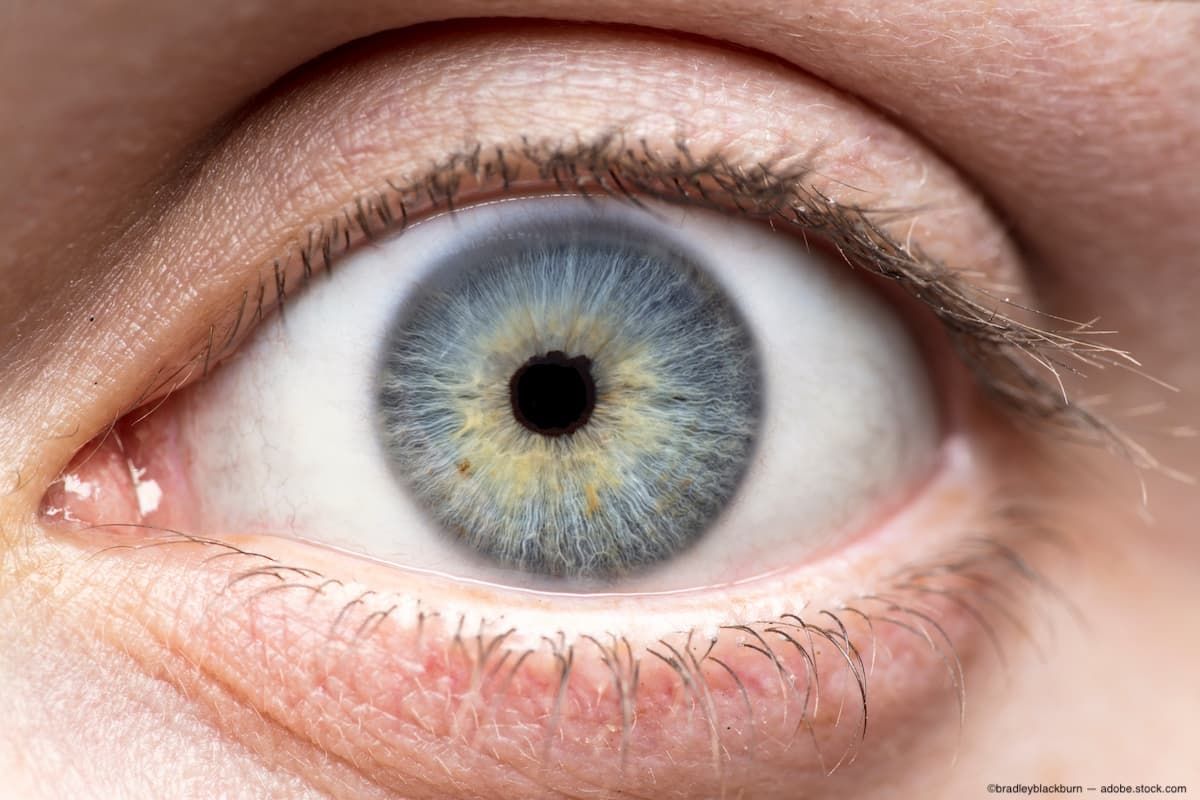Atsena Therapeutics doses first patient in Phase I/II clinical trial of ATSN-201 for treatment of x-linked retinoschisis
ATSN-201 leverages novel spreading capsid to overcome challenges associated with intravitreally delivered AAVs in the treatment of XLRS.
ATSN-201 leverages novel spreading capsid to overcome challenges associated with intravitreally delivered AAVs in the treatment of XLRS. (Image Credit: ©bradleyblackburn - Adobe.Stock.com)

Atsena Therapeutics announced the first patient has been dosed in its Phase I/II clinical trial, the LIGHTHOUSE study, evaluating subretinal injection of ATSN-201 for the treatment of X-linked retinoschisis (XLRS).
The company noted that ATSN-201 leverages AAV.SPR, the company’s novel spreading capsid, to achieve therapeutic levels of gene expression in photoreceptors of the central retina while avoiding the surgical risks of foveal detachment.
Kenji Fujita, MD, chief medical officer of Atsena Therapeutics, noted in a news release dosing the first patient in the LIGHTHOUSE study (NCT05878860) marks a key milestone for Atsena and the XLRS community.
“We are excited to be utilizing AAV.SPR in the clinic, as it has the potential to revolutionize the treatment of XLRS, as well as other inherited retinal disorders,” Fujita said in the news release. “Spreading laterally beyond the subretinal injection site, AAV.SPR facilitates the safe delivery of RS1 to photoreceptors in the central retina/fovea. We look forward to advancing the LIGHTHOUSE study and the continued development of our novel gene therapies to reverse or prevent blindness.”
According to the news release, the LIGHTHOUSE study is a Phase I/II, open-label, dose-escalation and dose-expansion clinical trial evaluating the safety and tolerability of ATSN-201 in male patients ages 6-64 with a clinical diagnosis of XLRS caused by pathogenic or likely pathogenic mutations in RS1.
The company noted AAV.SPR, one of Atsena’s novel spreading capsids, spreads laterally beyond the subretinal injection site to enable safe and efficient transduction of the central retina (where schisis cavities predominate in XLRS patient retinas) when injected into areas outside the macula.
Moreover, according to the news release, a preclinical study in non-human primates demonstrated that AAV.SPR promotes transgene expression well beyond subretinal injection bleb margins. The company noted this is in stark contrast to benchmark vector AAV5, which remains confined to the original bleb margins. At clinically relevant doses, AAV.SPR efficiently transduces foveal cones without the need for surgical detachment and does not cause inflammation.
Mark Pennesi, MD, PhD, a professor in Ophthalmology and chief of the Paul H. Casey Ophthalmic Genetics Division Molecular and Medical Genetics, School of Medicine at Oregon Health & Science University (OHSU), lauded the news in a statement in the news release.
"Considering the lack of available therapies for X-linked retinoschisis, this is very exciting news for the inherited retinal disease community," Pennesi said in the news release. "While attempts to deliver gene therapy through intravitreal routes faced challenges, subretinal treatment utilizing spreading AAV vectors has the potential to be the breakthrough we need to achieve efficacy."
The company noted in its news release XLRS is a monogenic X-linked disease caused by mutations in the RS1 gene which encodes retinoschisin, a protein secreted primarily by photoreceptors. RS1 is localized to the extracellular surface of rods, cones, and bipolar cells. XLRS is characterized by schisis, or abnormal splitting of the layers of the retina, which causes impaired visual acuity that is not correctable with glasses and leads to progressive vision loss.
XLRS primarily affects males and is typically diagnosed in early childhood. Approximately 30,000 males in the United States and EU have XLRS, for which there are currently no approved treatments.